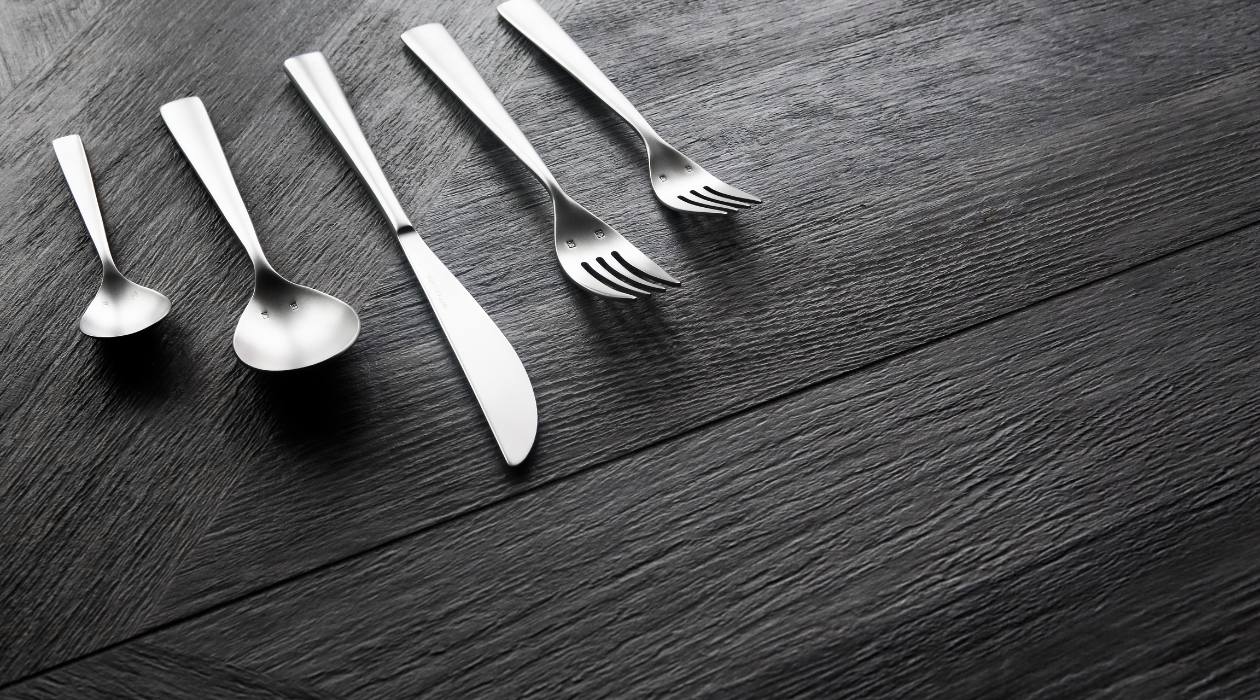

Tableware
How To Identify Silverware
Modified: August 17, 2024
Learn how to easily identify silverware and distinguish it from other tableware. Discover key tips and techniques for recognizing genuine silver items.
(Many of the links in this article redirect to a specific reviewed product. Your purchase of these products through affiliate links helps to generate commission for Storables.com, at no extra cost. Learn more)
Introduction
Tableware plays an essential role in our daily lives, enhancing our dining experiences and adding a touch of elegance to any occasion. Among the various types of tableware, silverware stands out for its timeless charm and luxurious appeal. Whether you inherited a set of silverware or stumbled upon an intriguing piece at an antique store, knowing how to identify silverware can help you determine its value and authenticity.
In this article, we will explore the different types of silverware and provide insights on how to distinguish between sterling silver, silver plated items, and stainless steel. We will also delve into the subject of antique silverware, looking at signs of authenticity and tips for identifying marks and hallmarks. Additionally, we will discuss testing methods that can help you determine if your silverware is genuine.
By the end of this article, you will have gained valuable knowledge that will empower you to confidently identify different types of silverware and make informed decisions when it comes to purchasing, selling, or preserving these exquisite pieces.
Key Takeaways:
- Understanding the hallmarks, markings, and characteristics of silverware empowers you to confidently identify sterling silver, silver plated, and stainless steel items, enhancing your appreciation and valuation of these elegant tableware pieces.
- By familiarizing yourself with the signs of authenticity in antique silverware and employing testing methods, such as the acid test and magnet test, you can gain confidence in identifying genuine silverware and make informed decisions when purchasing or evaluating silver items.
Read more: How To Identify Wildflower
Different Types of Silverware
Silverware encompasses a wide range of utensils and serving pieces that are made from various materials. Understanding the different types of silverware will aid in identifying their unique characteristics. Here are the main categories:
- Sterling Silver: Sterling silver is considered the highest quality in silverware. It is made up of 92.5% pure silver and 7.5% alloy, usually copper. Sterling silver items are often marked with the number “925” or the word “sterling” to indicate their purity.
- Silver Plated: Silver plated items are made by coating a base metal, such as brass or copper, with a thin layer of silver. These pieces are more affordable than sterling silver and are often marked with the letters “EPNS” (Electro Plated Nickel Silver) or “EP” (Electro Plated). The silver plating can wear off over time, revealing the base metal underneath.
- Stainless Steel: Stainless steel utensils resemble silverware in appearance but are made entirely of stainless steel. They are durable, easy to clean, and resistant to rust. Unlike silver, stainless steel items do not tarnish and typically have no markings indicating their material.
- Antique Silverware: Antique silverware refers to silver items that are over 100 years old and have historical or collectible value. These pieces may include sterling silver or silver plated items that have unique designs and intricate detailing. Recognizing the characteristics of antique silverware requires a deeper understanding of historical styles, marks, and hallmarks.
By familiarizing yourself with these different types of silverware, you can begin to identify the materials used, which will guide you in distinguishing their value and authenticity.
Identifying Sterling Silver
Sterling silver is highly prized for its beauty and value. To verify whether a piece is made of sterling silver, there are a few key indicators to look out for:
- Hallmarks: Sterling silver items are often marked with specific symbols, known as hallmarks, that indicate their authenticity and quality. These hallmarks can include the maker’s mark, fineness mark, and assay office mark. Researching and understanding these hallmarks can provide valuable insights into the origin and age of the piece.
- 925 Marking: Another common way to identify sterling silver is by looking for the number “925” stamped on the item. This mark indicates that the piece is made of 92.5% pure silver, in accordance with the standard for sterling silver. However, it’s important to note that not all sterling silver items will have this marking.
- Purity Testing: If the markings are unclear or nonexistent, conducting a purity test can help determine if a piece is made of sterling silver. One common method is to use a silver acid test kit or a silver testing solution to see if the metal reacts to the acid. Genuine sterling silver will have a particular reaction, while other metals, such as brass or copper, will not.
- Weight and Feel: Sterling silver items tend to be heavier compared to silver-plated or stainless steel pieces. This weight difference can be noticeable when holding the item in your hand. Sterling silver also has a unique feel, which can be described as smooth and cool to the touch.
By examining the hallmarks, looking for the 925 marking, conducting purity tests, and considering the weight and feel of the item, you can confidently identify sterling silver and appreciate its enduring beauty.
Recognizing Silver Plated Items
Silver plated items are a popular and more affordable alternative to sterling silver. To determine if a piece is silver plated, there are several characteristics to observe:
- EPNS or EP Markings: Silver plated items are often marked with “EPNS” (Electro Plated Nickel Silver) or “EP” (Electro Plated) to indicate their silver plating. These markings can usually be found on the back or underside of the piece. However, it’s important to note that not all silver plated items will have these markings.
- Wear and Tear: Over time, the silver plating on an item can wear off, revealing the base metal underneath. Look for signs of wear, such as areas where the silver has rubbed off, showing a different color or texture. Pay attention to high-touch areas, like handles or edges, as these are more prone to wear.
- Magnet Test: Silver plated items typically have a magnetic response due to the base metal beneath the silver plating. Using a magnet, gently hover it over the item to see if it is attracted. If the item is attracted to the magnet, it is likely silver plated. Keep in mind that pure silver or sterling silver will not be magnetic.
- Base Metal Color: When the silver plating wears off, the base metal color will become more apparent. Brass and copper are commonly used as base metals for silver plated items, so you may see a yellowish or reddish tint where the plating has worn away.
By examining the markings, looking for signs of wear, conducting the magnet test, and observing the base metal color, you can differentiate silver plated items from other types of silverware and make informed decisions when purchasing or valuing these pieces.
Distinguishing Silverware from Stainless Steel
Differentiating between silverware and stainless steel can be quite straightforward with some key observations:
- Material Composition: Silverware is typically made of either sterling silver or silver plated metal, while stainless steel utensils are made entirely of stainless steel. Look for any markings or indications of the material used on the utensil. Silverware may have hallmarks or the “925” marking for sterling silver, while stainless steel items often have no specific markings.
- Tarnishing: One of the distinctive properties of silverware is tarnishing. Genuine silverware, whether sterling silver or silver plated, is prone to tarnish over time due to its interaction with air and moisture. Stainless steel, on the other hand, is resistant to tarnish and does not require extensive polishing to maintain its shine.
- Weigh and Feel: Silverware has a noticeable weight and feel due to its precious metal content. When compared to stainless steel, which is generally lighter, silverware can feel more substantial in your hand. Additionally, sterling silver has a certain coolness to the touch, imparting a unique sensation when handling it.
- Look for Reflectivity: Both silverware and stainless steel have a reflective surface, but silverware tends to have a brighter and more mirror-like shine. Stainless steel may have a slightly duller appearance, although high-quality stainless steel utensils can still have a polished and lustrous finish.
By considering the material composition, tarnish properties, weight and feel, and the reflectivity of the utensil, you can easily differentiate between silverware and stainless steel. This knowledge will help you in taking care of and appreciating your tableware collection.
Look for a stamp or mark on the silverware indicating the silver content, such as “925” for sterling silver. Use a magnet to test for magnetic attraction, as silver is not magnetic.
Read more: How To Identify Blenko Glass
Signs of Authenticity in Antique Silverware
Antique silverware holds a special allure for collectors and enthusiasts alike. When examining antique silverware, there are several signs of authenticity to look for:
- Maker’s Mark: Many antique silver pieces bear the mark or signature of the silversmith or manufacturer. These marks can provide valuable information about the origin and history of the piece. Researching and identifying these marks can help determine the authenticity and provenance of the antique silverware.
- Quality of Craftsmanship: Antique silverware is known for its exquisite craftsmanship and attention to detail. Pay close attention to the intricate designs, engravings, and embellishments on the piece. High-quality antique silverware will display meticulous workmanship, showing precise and well-defined details.
- Patina and Tarnish: Over time, silverware develops a patina or tarnish, which can add to its authenticity. Antique silverware often has a rich, mellow patina that adds depth and character to the piece. This patina can be in various shades, ranging from golden hues to deep browns or even black. Tarnish can also accumulate in crevices and intricate patterns, highlighting the craftsmanship and age of the silverware.
- Age and Historical Style: Knowledge of historical silverware styles can aid in determining the authenticity of an antique piece. Different time periods had distinct design trends and motifs. Researching and familiarizing yourself with these styles can help verify if the silverware aligns with a specific era and enhances its authenticity.
By examining the maker’s mark, quality of craftsmanship, patina and tarnish, and considering the age and historical style of the piece, you can gain valuable insights into the authenticity of antique silverware. It is worth noting that consulting with experts or conducting further research can help validate your findings and provide a deeper understanding of the antique silverware’s value.
Tips for Identifying Silverware Marks and Hallmarks
Deciphering the marks and hallmarks on silverware can be a fascinating process that reveals valuable information about the piece. Here are some tips to help you identify and interpret silverware marks and hallmarks:
- Research and Reference Books: Invest in books or online resources that provide comprehensive information on silverware marks and hallmarks. These references often include a wide range of hallmarks from different time periods and regions, helping you identify and understand the markings on your silverware.
- Use a Magnifying Glass: Hallmarks are often small and intricately detailed, making them hard to see with the naked eye. Use a magnifying glass or loupe to closely examine the markings, enabling you to identify specific symbols, letters, and numbers that can indicate the origin, maker, and quality of the silverware.
- Compare and Cross Reference: Hallmarks can vary depending on the country, time period, and maker. When attempting to identify a hallmark, compare it to known examples from similar regions and time periods. Cross-referencing different sources will help you establish a more accurate identification.
- Consult Experts and Collectors: If you’re unsure about a particular hallmark or have difficulty interpreting it, seek advice from experts, collectors, or specialized antique dealers. They have extensive knowledge and experience in identifying and interpreting silverware marks and can provide valuable insights and guidance.
- Join Online Communities and Forums: Engaging with online communities and forums dedicated to silverware collectors can be a great way to learn from experienced individuals. By sharing images and descriptions of the hallmarks you’re trying to identify, you can receive input and assistance from a community of knowledgeable enthusiasts.
Remember, identifying silverware marks and hallmarks requires patience, research, and a willingness to learn. By utilizing resources, magnification tools, seeking expert advice, and engaging with collector communities, you can enhance your ability to accurately identify and interpret the marks and hallmarks on your silverware collection.
Testing for Genuine Silverware
When in doubt about the authenticity of silverware, there are a few testing methods you can employ to determine if it is indeed made of genuine silver:
- Acid Test: The acid test is a common method used to determine if an item is made of genuine silver. It involves applying a small amount of acid solution to a discreet area of the piece and observing the reaction. If the metal reacts and shows a milky color, it is likely genuine silver. However, this test can leave a mark on the silverware, so it should be conducted with caution and only on inconspicuous areas.
- Magnet Test: Silver is not magnetic, so using a magnet can help differentiate between silver and other metals. If the piece is attracted to the magnet, it is likely made of a base metal and not genuine silver. However, keep in mind that some silver-plated items may have a magnetic response due to the base metal underneath the plating, so this test may not be definitive in all cases.
- Weight and Density: Genuine silver is denser and heavier than most other metals. If the piece feels particularly lightweight or seems to have a lower density, it may be an indication that it is not made of genuine silver. Compare the weight and feel of the item to other silverware or known silver pieces to assess its authenticity.
- Seller Reputation and Documentation: When purchasing silverware, it is advisable to buy from reputable sellers with a track record of selling authentic silver items. Additionally, documentation such as certificates of authenticity, receipts, or provenance can provide further assurance of the silverware’s genuineness.
It’s important to note that testing methods should be used as guidelines and not as the sole determinant of authenticity. If you have doubts about the silverware, consult experts or seek professional appraisals to obtain a reliable assessment of its authenticity. Remember that accurate testing requires expertise and specialized equipment.
By employing these testing methods and seeking professional advice, you can gain confidence in identifying genuine silverware and make informed decisions when purchasing or evaluating silver items.
Conclusion
Identifying silverware is an exciting and rewarding process that allows you to appreciate the beauty and value of these elegant tableware pieces. Whether you are dealing with sterling silver, silver plated items, or antique silverware, there are key indicators and techniques to help you distinguish the different types and determine their authenticity.
By familiarizing yourself with the hallmarks, markings, and characteristics of silverware, you can accurately identify sterling silver and recognize the subtle differences from silver plated or stainless steel items. Understanding the signs of authenticity in antique silverware, such as the craftsmanship, patina, and historical style, can enhance your appreciation and valuation of these valuable collectibles.
When in doubt, performing tests, such as the acid test or magnet test, can assist in confirming the genuineness of silverware. However, it’s important to exercise caution and, if needed, seek professional assistance from experts or reputable appraisers.
Remember that learning about silverware and its identification is an ongoing process. Continuously expanding your knowledge through research, joining collector communities, and consulting with experts will enable you to further refine your skills in identifying and appreciating silverware.
So, whether you’re starting a collection, inheriting family heirlooms, or simply curious about the silverware you encounter, the knowledge you’ve gained from this article will empower you to confidently identify and understand these exquisite pieces. Embrace the world of silverware and embark on a journey of discovery and appreciation for the artistry and craftsmanship of these timeless treasures.
Frequently Asked Questions about How To Identify Silverware
Was this page helpful?
At Storables.com, we guarantee accurate and reliable information. Our content, validated by Expert Board Contributors, is crafted following stringent Editorial Policies. We're committed to providing you with well-researched, expert-backed insights for all your informational needs.
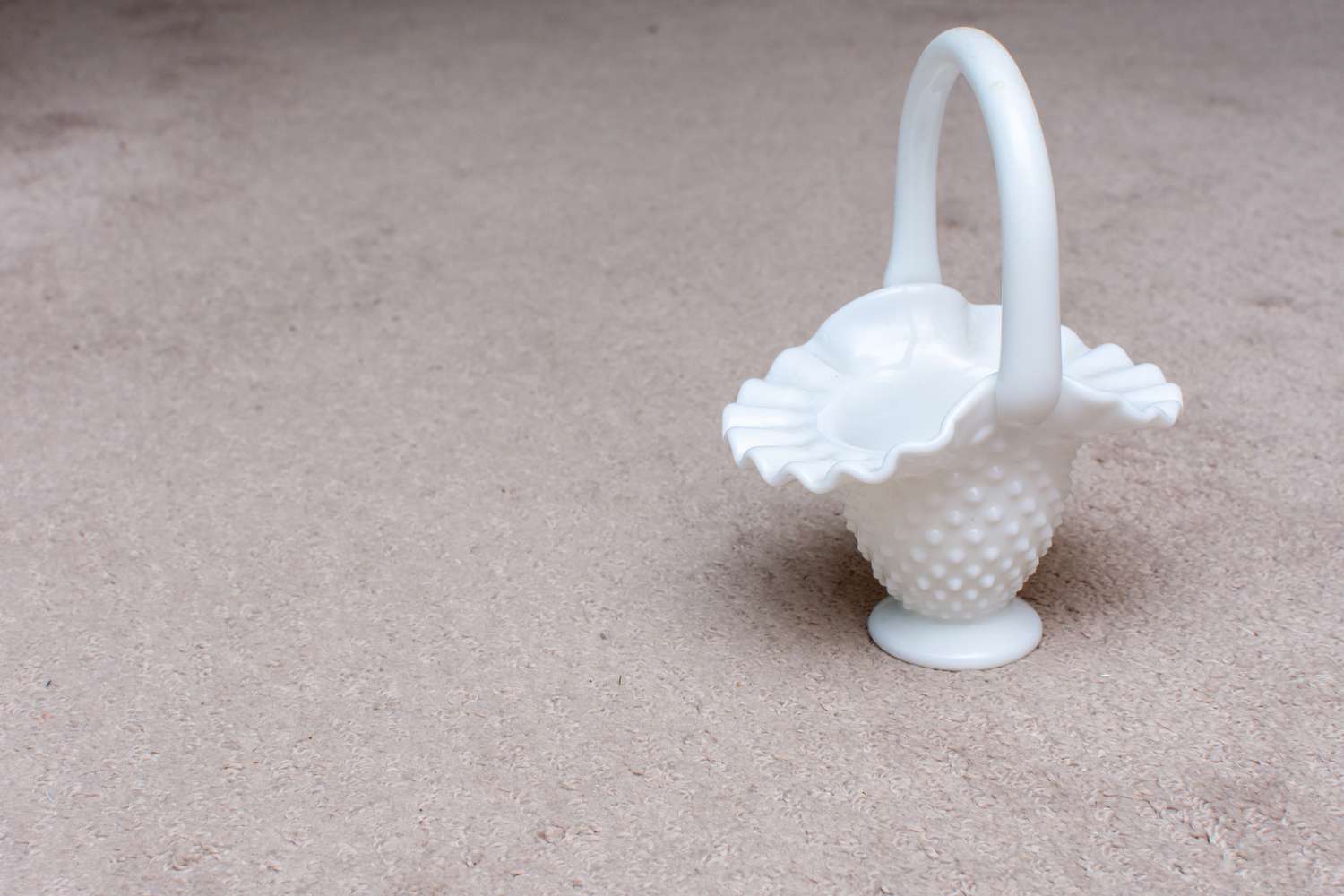
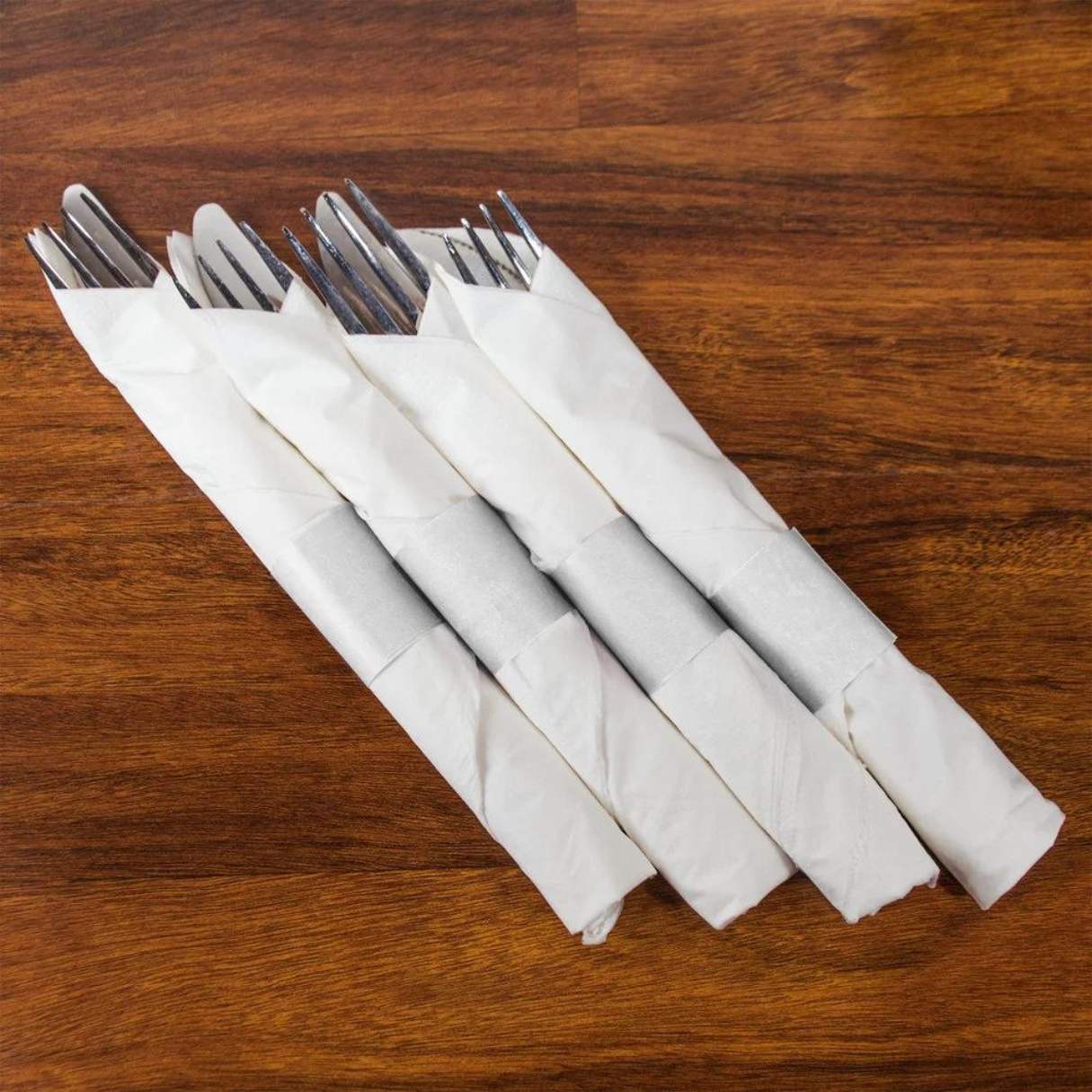
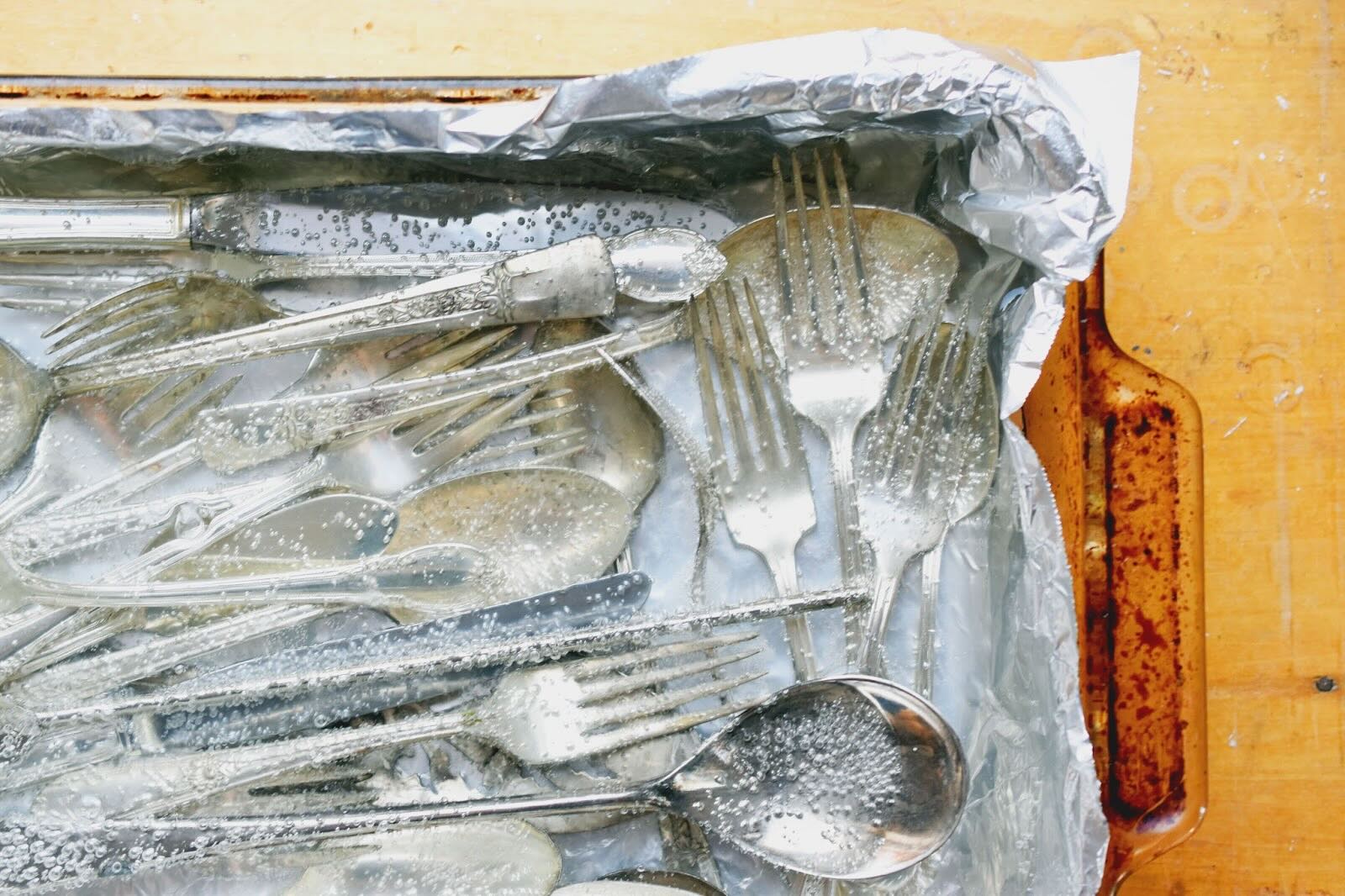
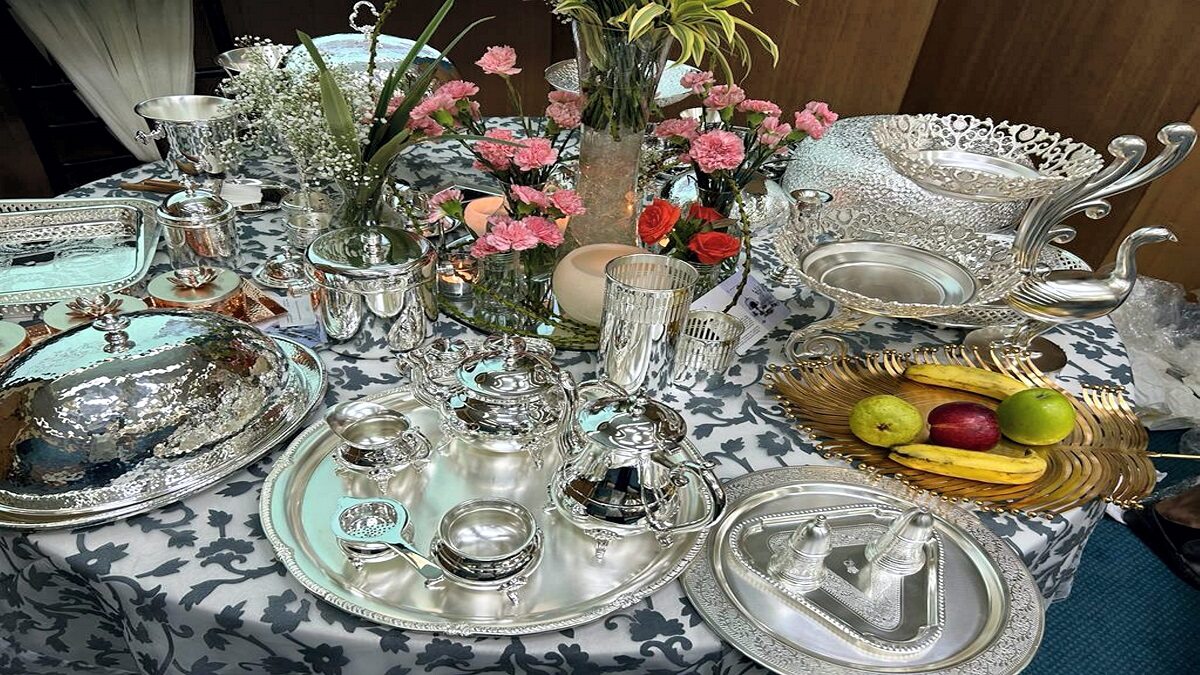

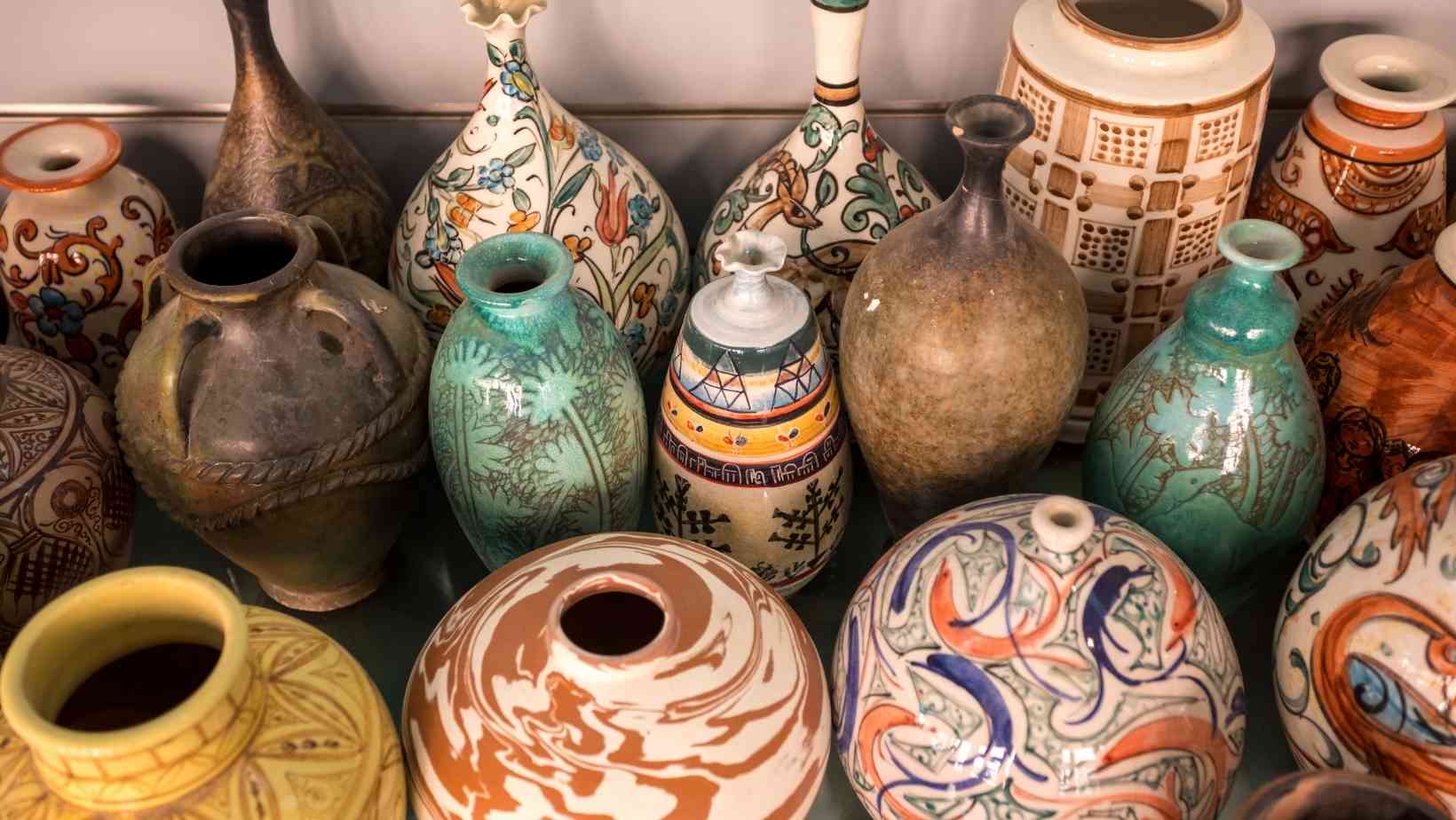
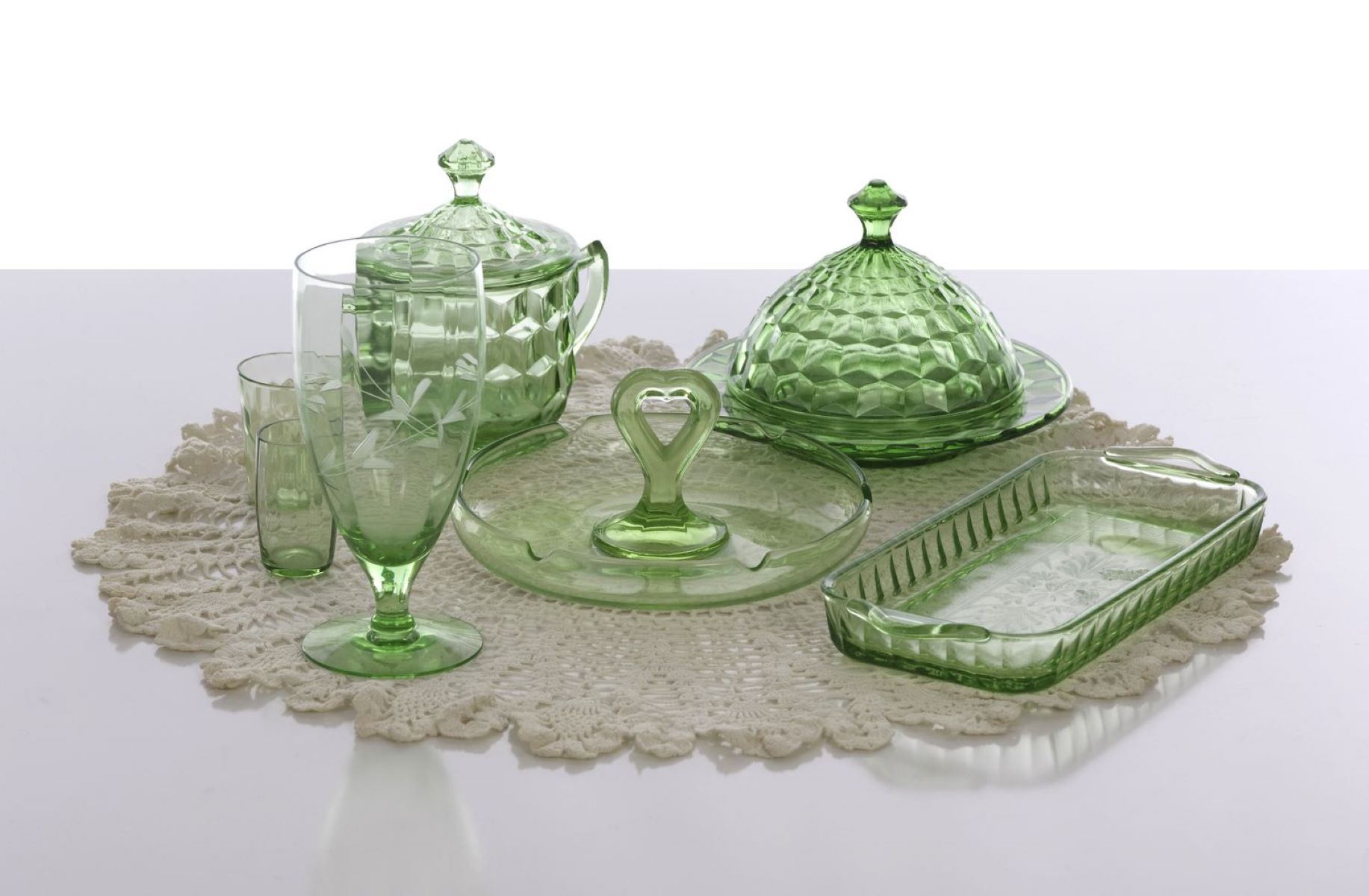
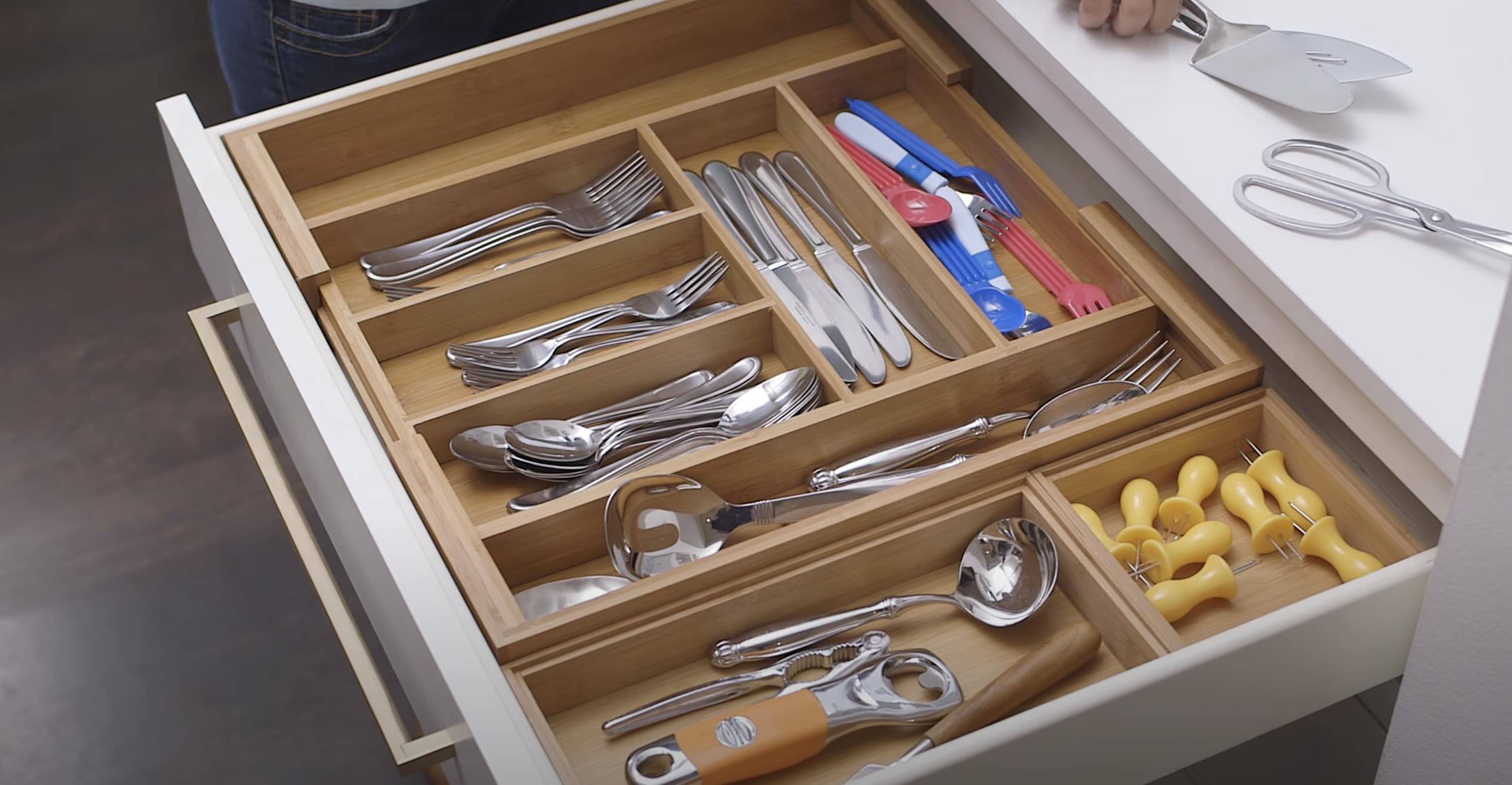
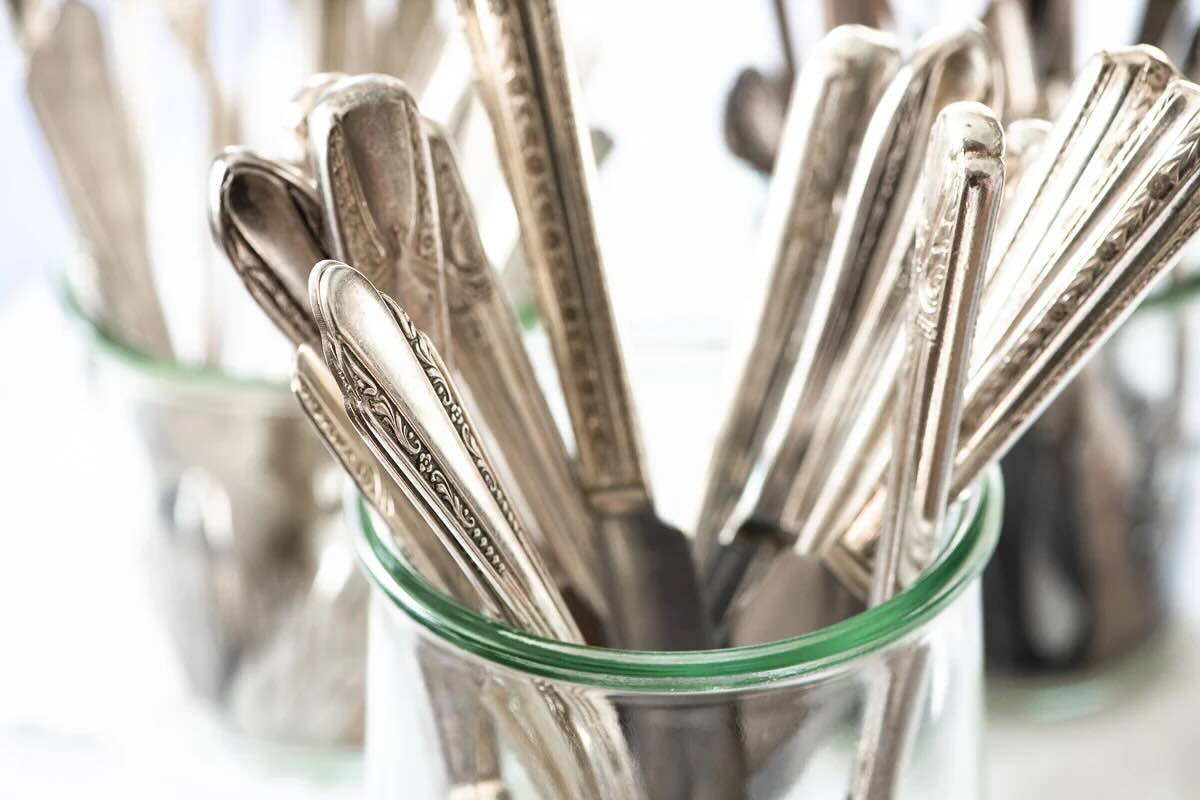
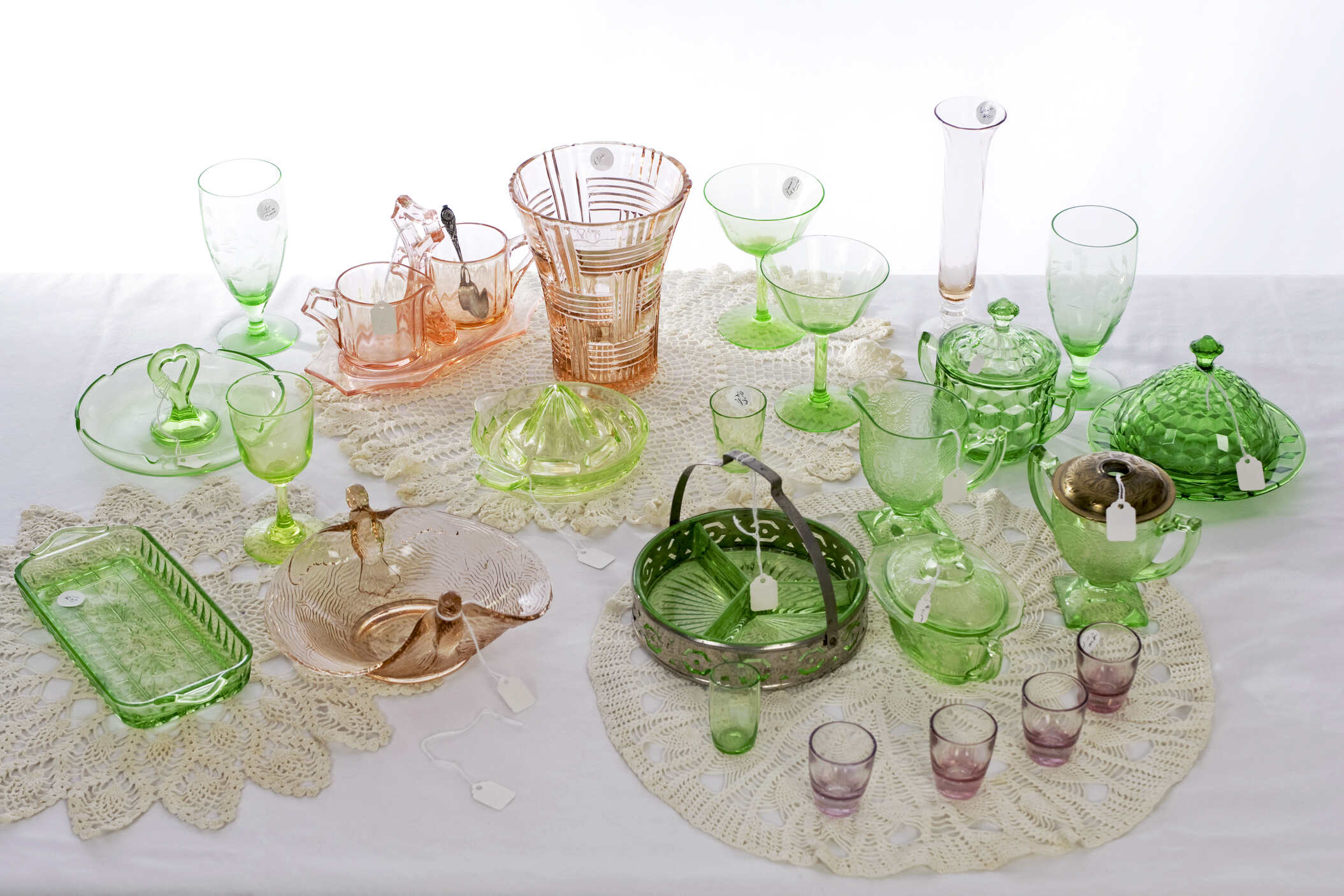
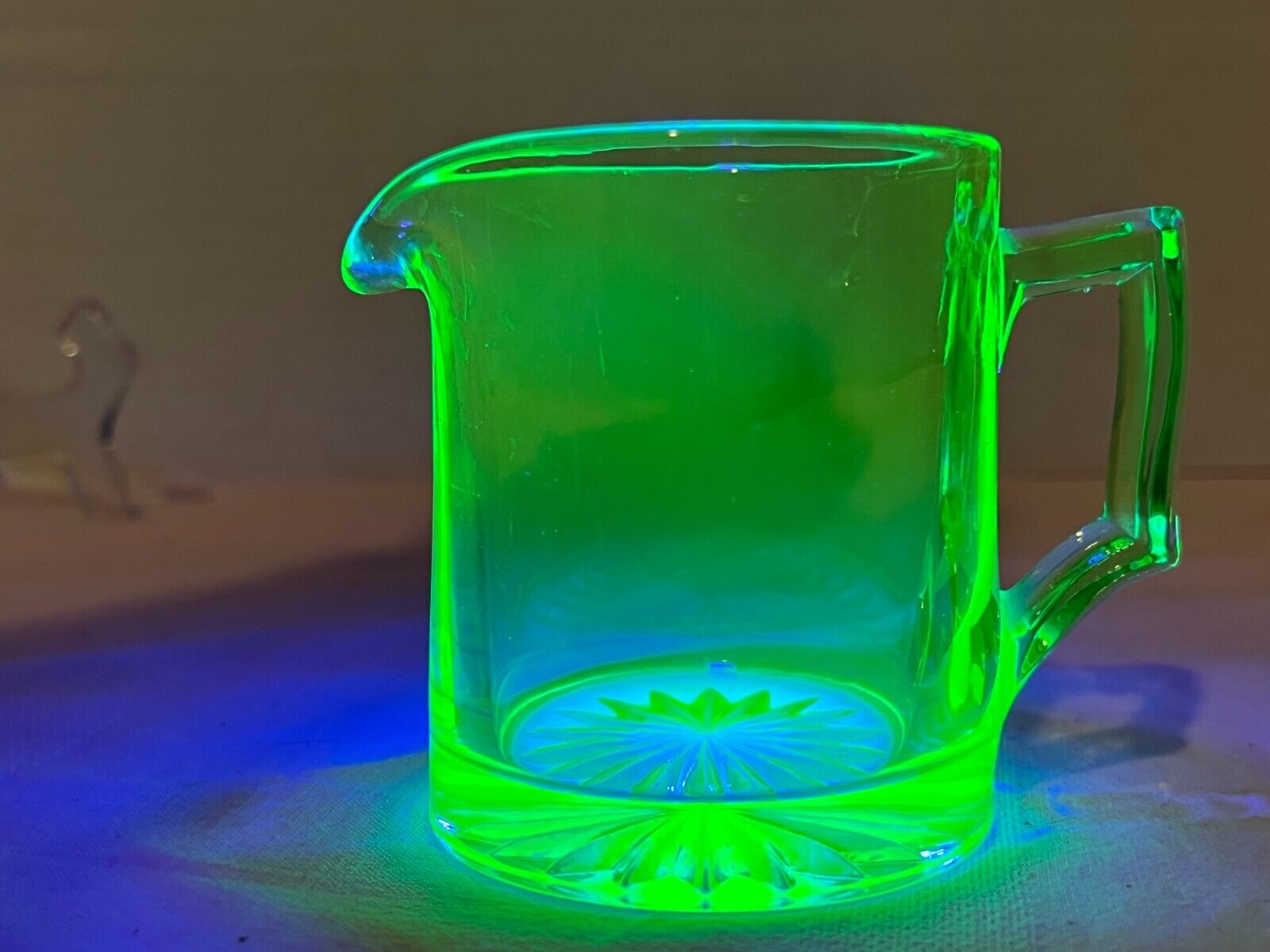
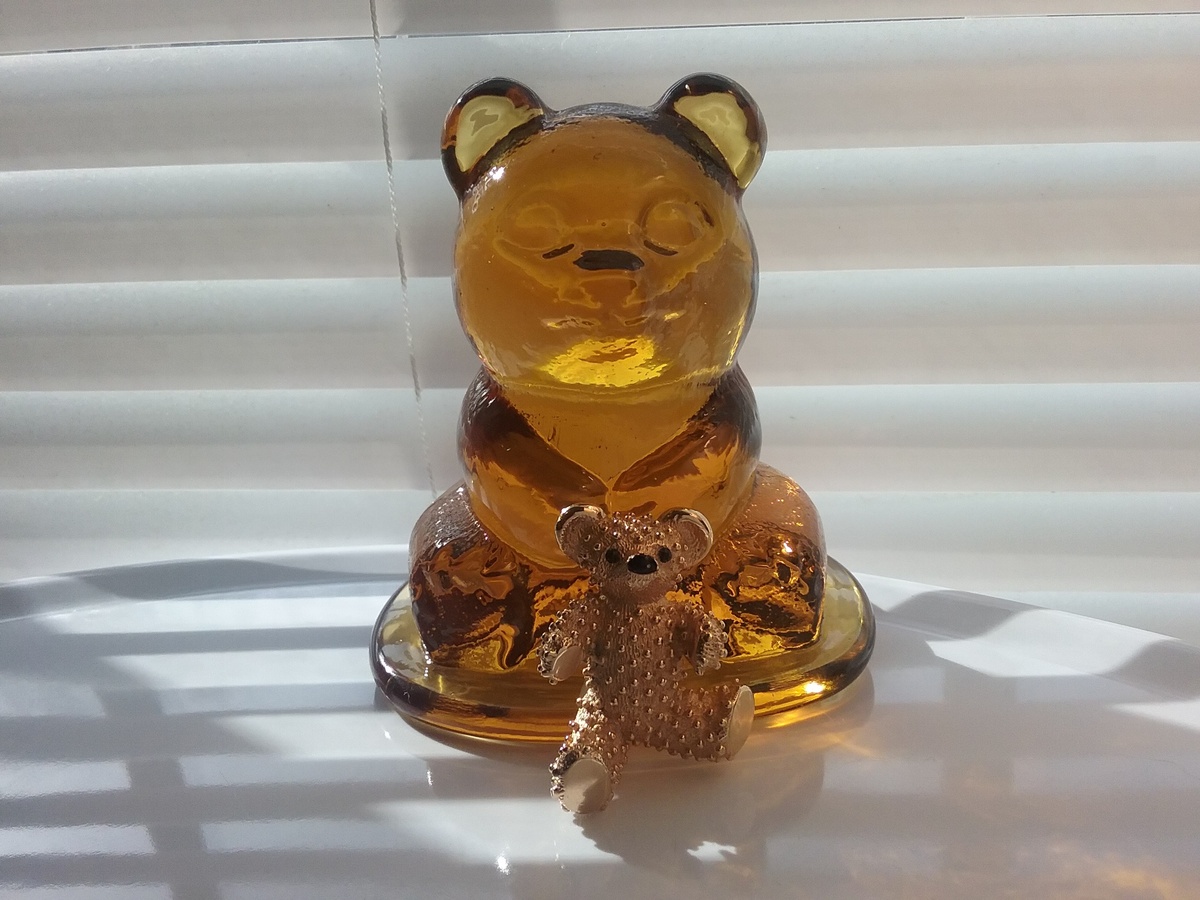
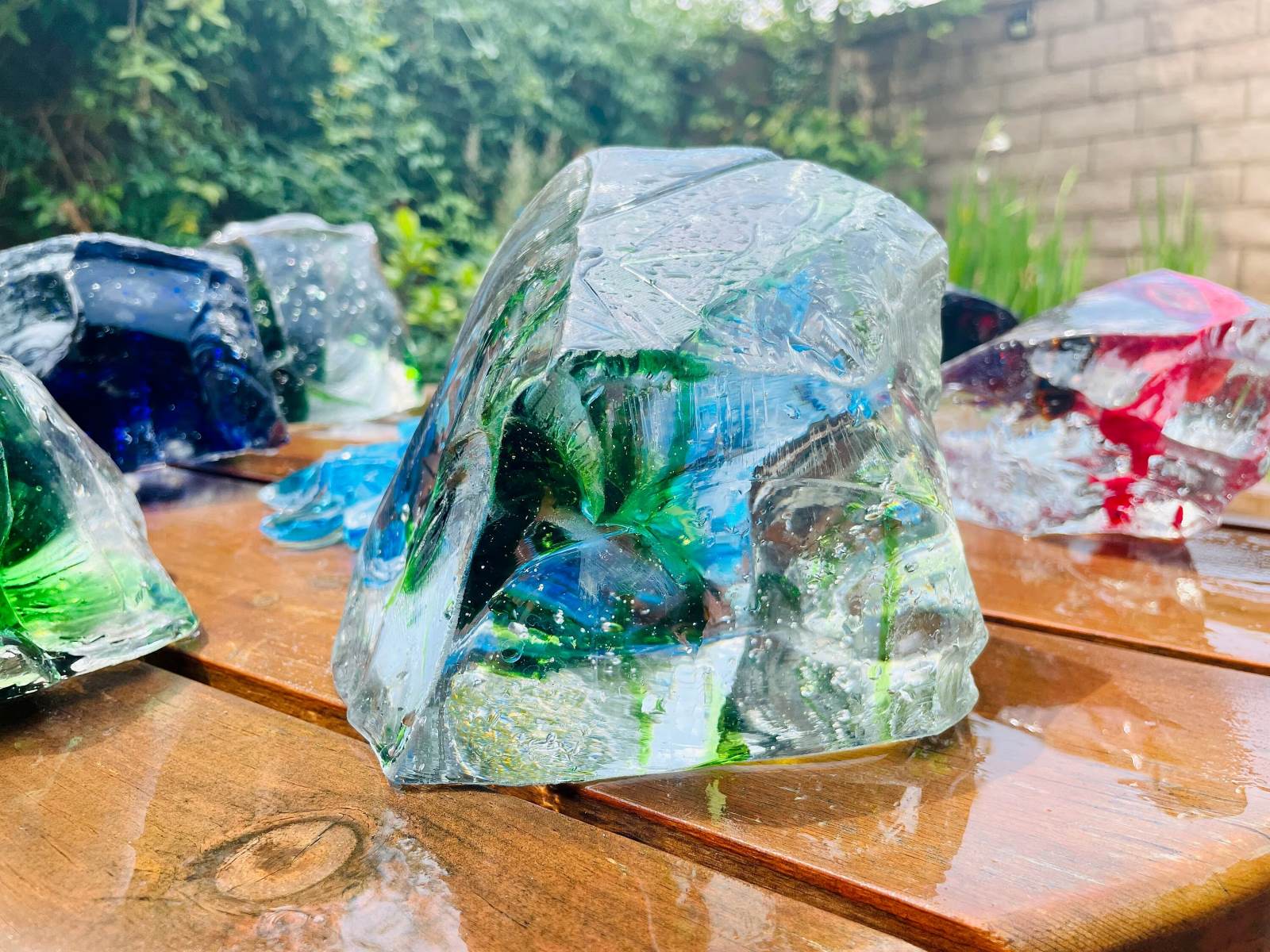


0 thoughts on “How To Identify Silverware”